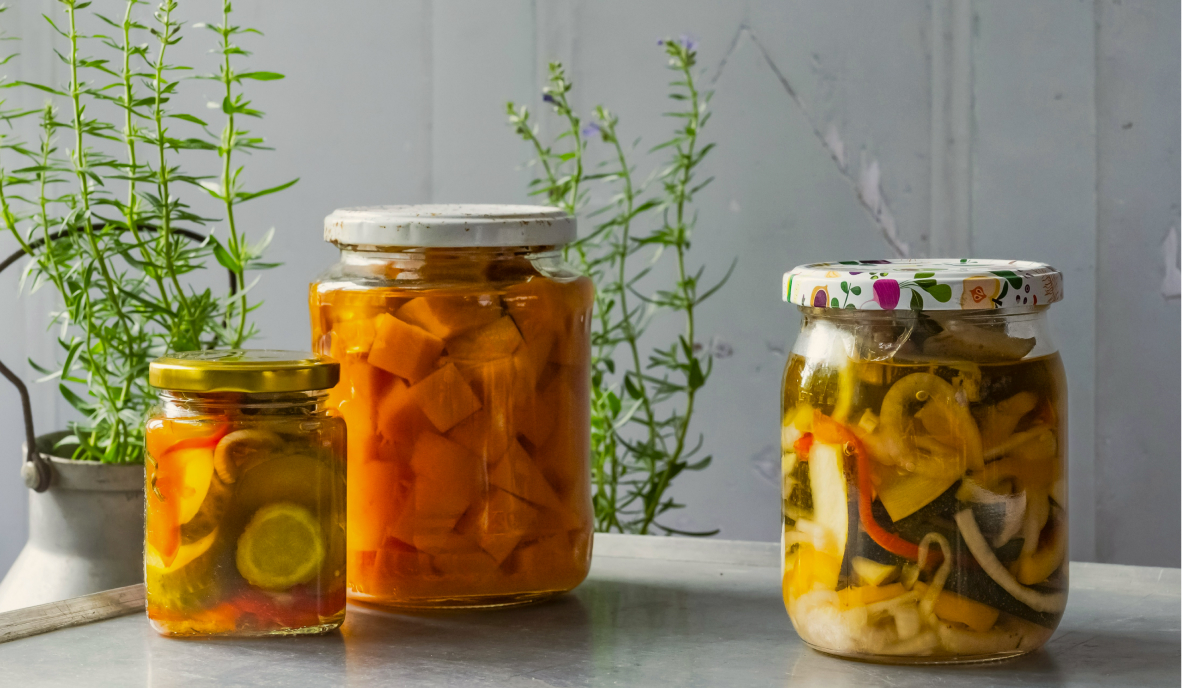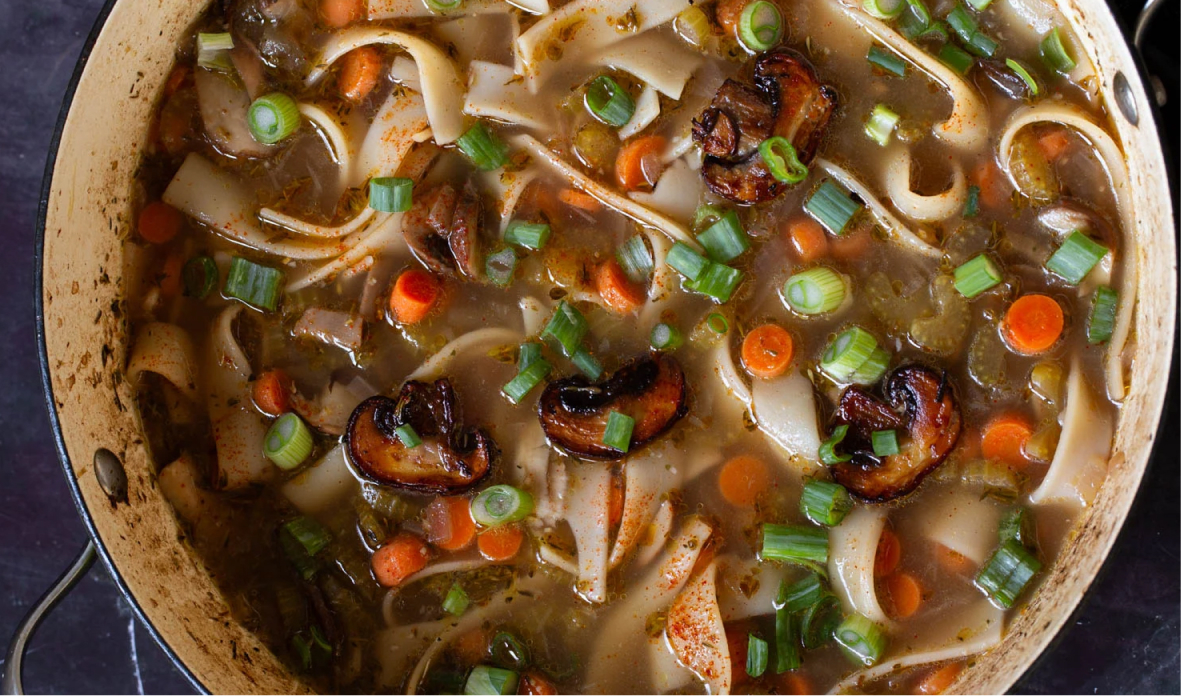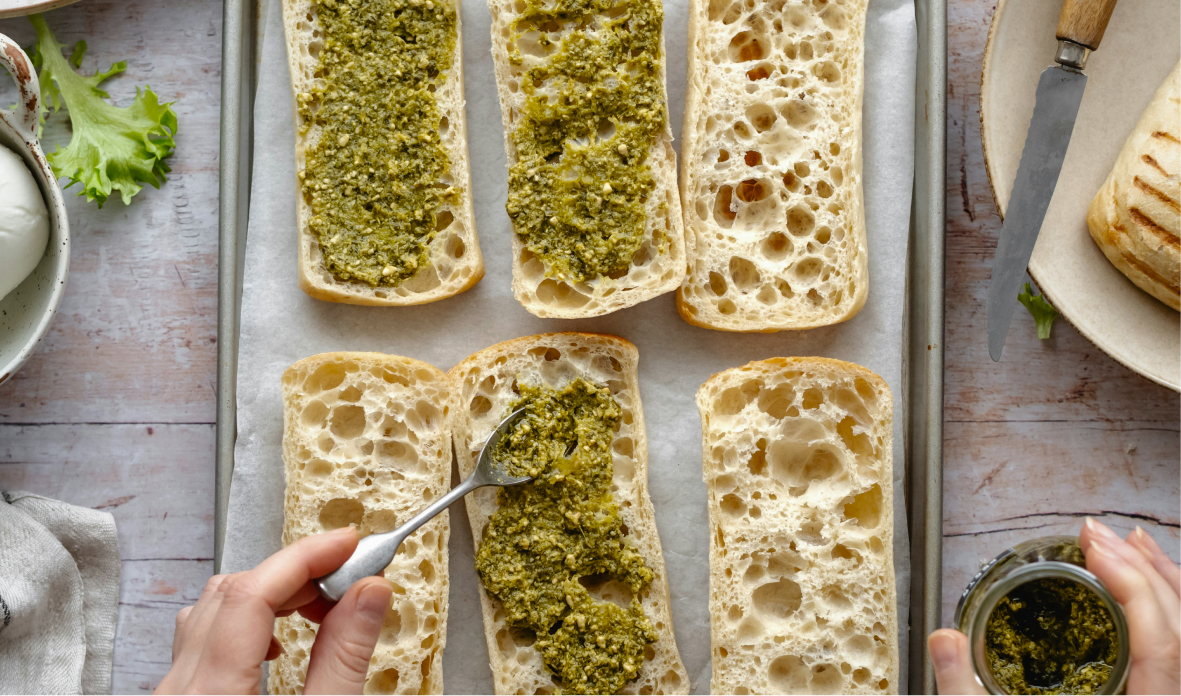Easy Pickle Recipes for Beginners

Join the community





Pickling is a food preservation method that’s stood the test of time, and for good reason! It’s a delicious way to reinvent produce into something totally new — and you only need a few ingredients.
From squash to green beans and even cherries, you can pickle almost everything. It’s also a great way to reduce food waste, especially if you are unable to use all the stocked-up produce before it starts to spoil.
If you love the sharp tang and crisp snap of a pickle, you can have pickled food as a snack, or you could put them inside a sandwich. It can also be a thoughtful gift for someone who loves food.
What Are The Easiest Vegetables To Pickle?
If you are getting started with pickling, here are some of the easiest and best fruits and vegetables to pickle:
- Asparagus
- Baby Carrots
- Beets
- Chili and red bell peppers
- Cucumbers
- Green beans
- Garlic
- Onions
- Radishes
- Salad Turnips
- Summer squash
- Zucchini
Ingredients for the Pickling Recipe
To prepare the pickling liquid, start with vinegar. You can use white vinegar, red wine vinegar, apple cider vinegar, rice vinegar, or even a combination of these, based on the color you want. You will need water to dilute the vinegar, salt for preservation and flavor, and sugar to balance the flavor of the vinegar.
Apart from that, you can choose any whole spices from coriander seeds, fennel seeds, mustard seeds, celery seeds, black peppercorns, allspice, clove, cumin seeds, dill seeds, or star anise. Then there are raw aromatics like garlic cloves, onion slices, and fresh herbs like dill, cilantro, or basil.
You can play around and experiment with even more spices and herbs to get the flavor of your choice.
How To Prepare A Pickling Recipe
Once you have all the ingredients and the produce you want to pickle, start by washing the vegetables thoroughly. Then cut or chop them into shapes you’d enjoy as pickles — spears, coins, slices, or whole (especially for baby vegetables like carrots or cucumbers).
Layer your mason jars with the vegetables, along with your chosen whole spices, raw aromatics (such as garlic or onion slices), and fresh herbs. Be creative — this is where the flavor magic happens.
Make the Pickling Liquid
A good rule of thumb for the pickling brine is:
- 1 part vinegar
- 1 part water
- 1 tablespoon of salt per cup of liquid
- 1 tablespoon of sugar (optional, to taste)
You can scale this up depending on how much you're pickling. Use white vinegar, apple cider vinegar, rice vinegar, or a combination, depending on the flavor and color you're after.
Heat this mixture on the stovetop until it reaches a boil, then carefully pour the hot brine over the veggies in your jars, making sure they’re fully submerged. Leave about ½ inch of headspace at the top before sealing.
Let the jars cool to room temperature, place the lids on, and refrigerate for at least 12–24 hours. The longer they sit, the better they’ll taste. These quick pickles (also called refrigerator pickles) are best consumed within 2 weeks.
If this sounds too basic or you are someone who has already experimented with this, here’s a link to more advanced pickling recipes.
A Note on Shelf-Stable Pickling
If you're hoping to store pickles outside the fridge for longer periods, that’s a different process than quick pickling. Shelf-stable pickles require:
- Proper sterilization of jars and lids
- Precise acidity levels (at least 5% vinegar)
- A hot water bath canning process is used to ensure safety and prevent bacterial growth.
If you're interested in making long-lasting, pantry-stable pickles, be sure to follow tested, food-safe canning recipes.












